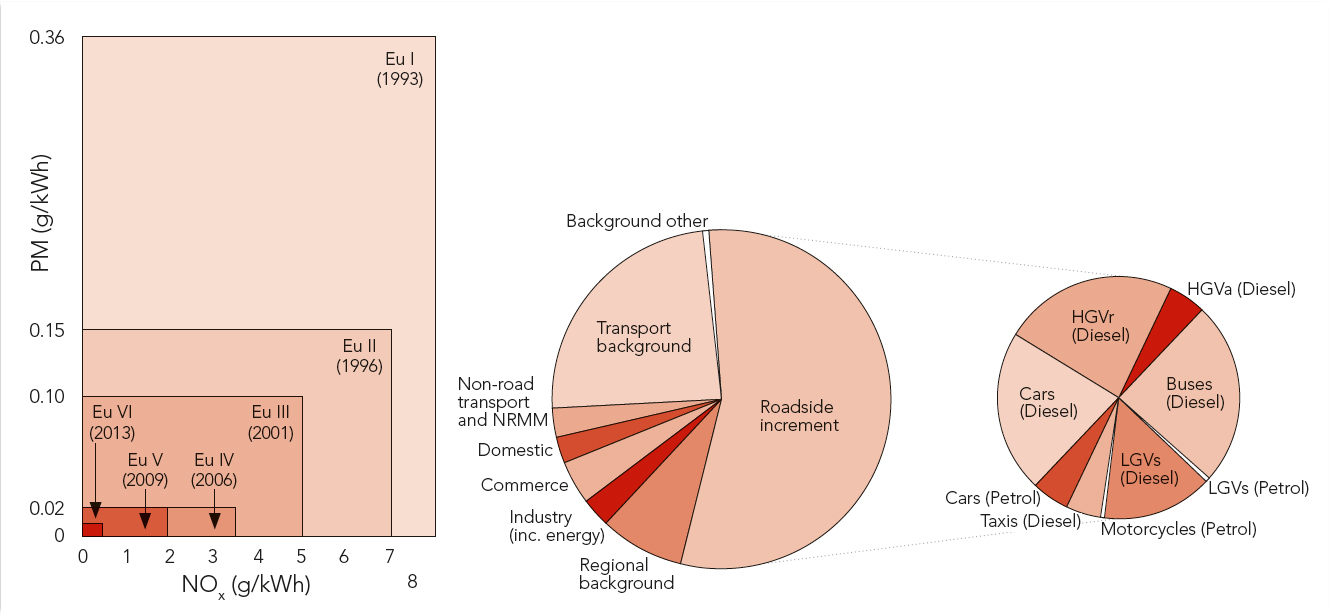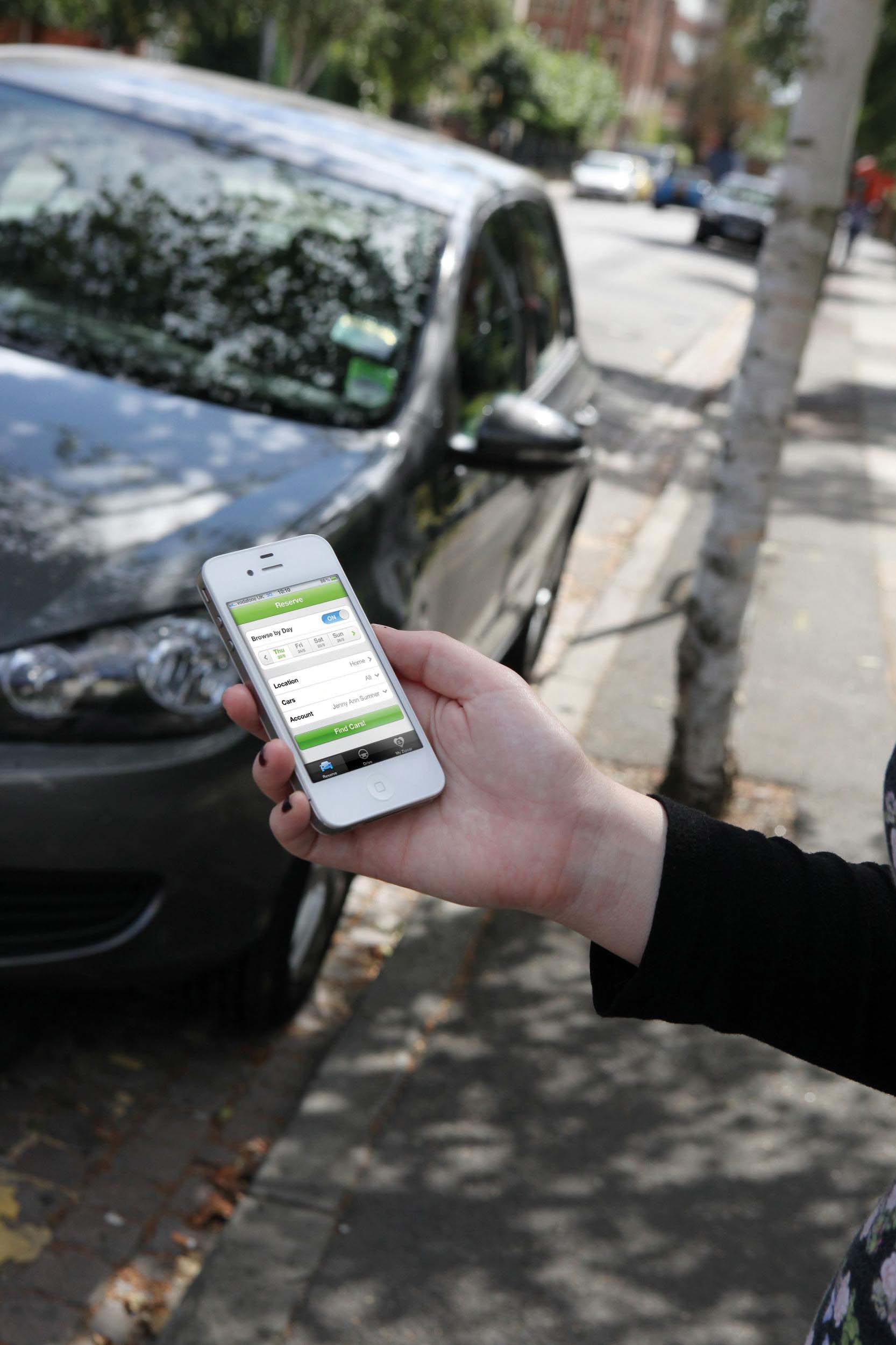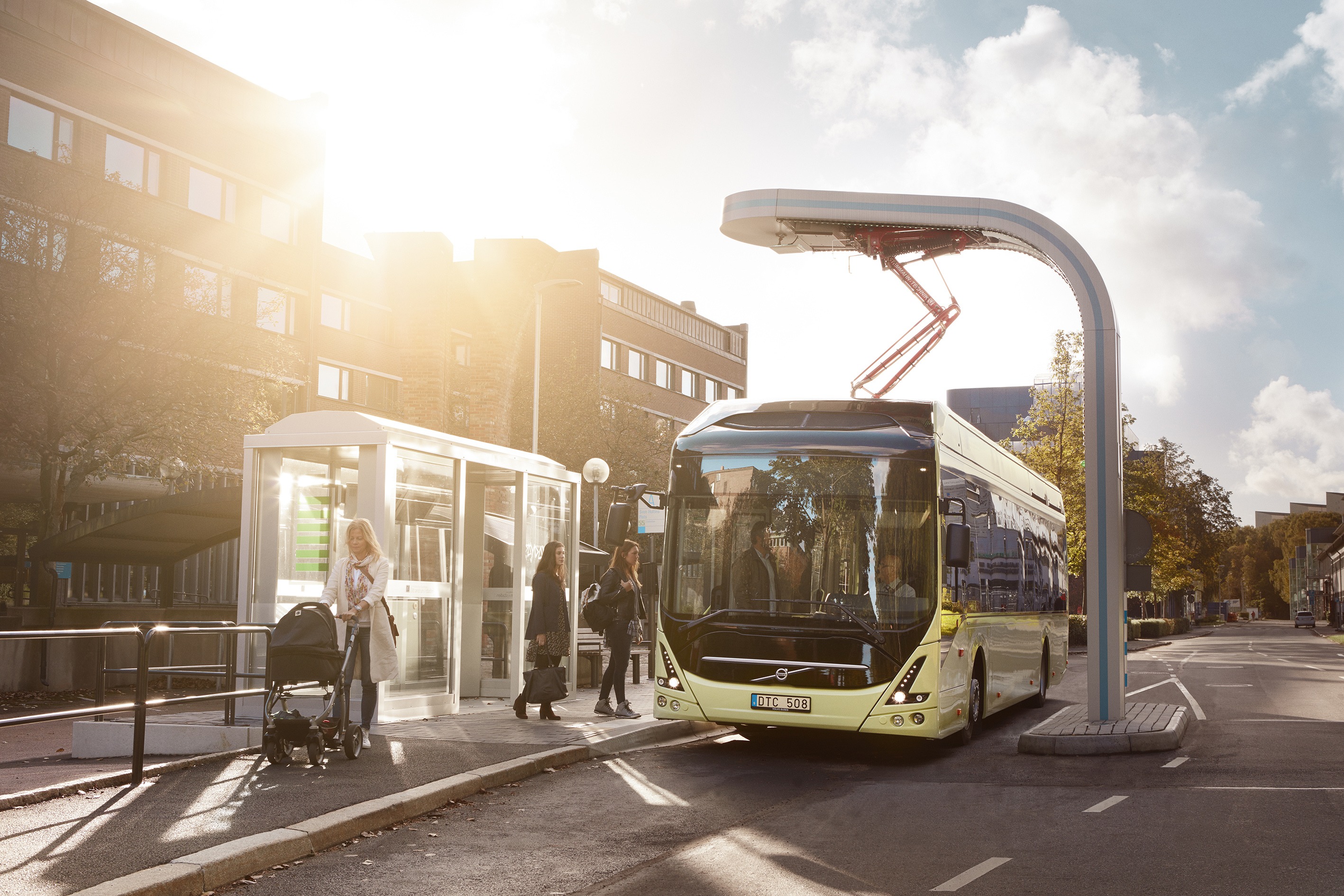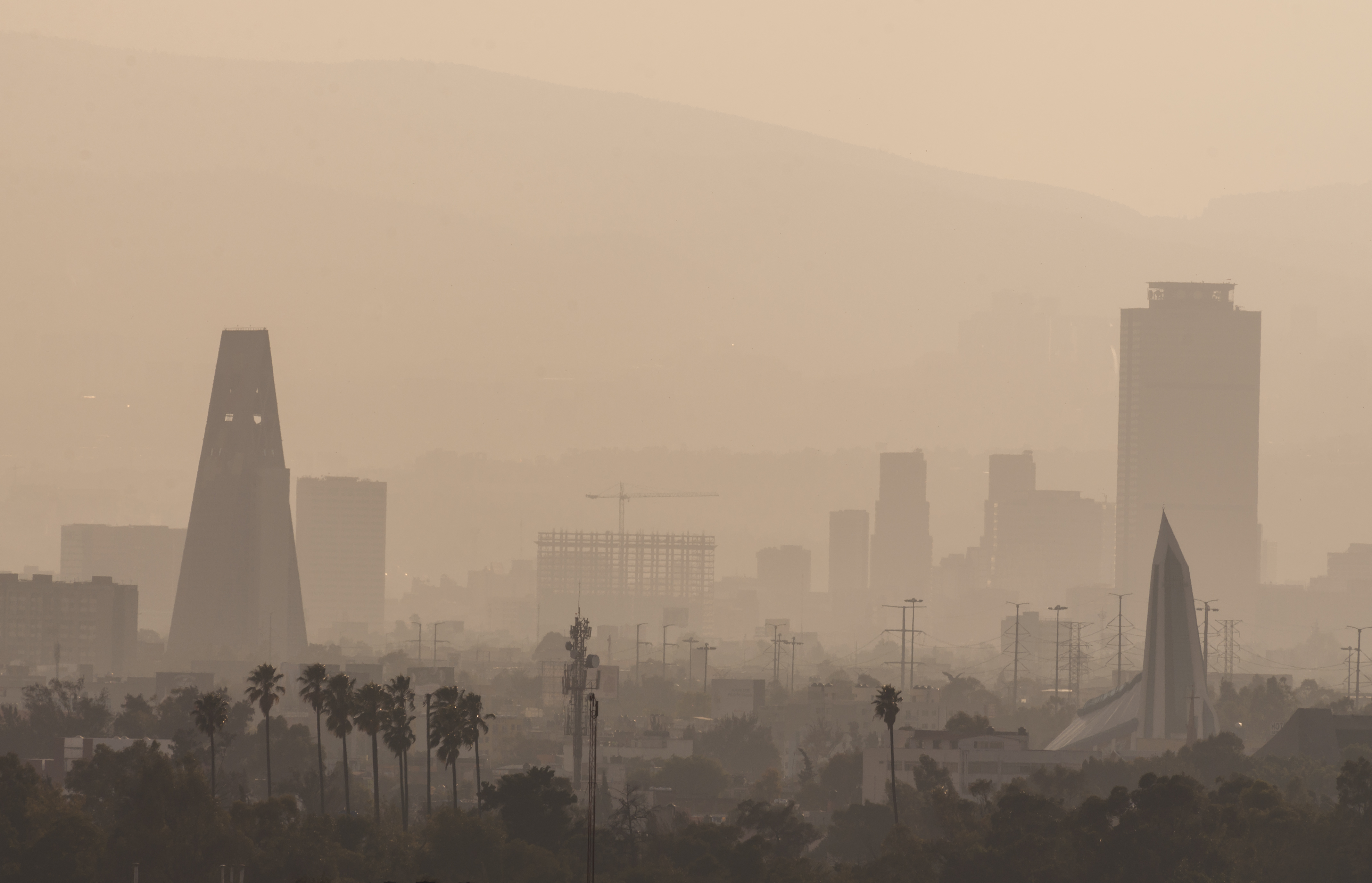Professor Alexander Baklanov of the World Meteorological Organization talks to Colin Sowman about the difficulties of reducing urban pollution. The inhabitants of Beijing have recently been suffering pollution levels 20 times the World Health Organisation’s recommended limit while the European Union is revitalising its efforts to implement and enforce air quality standards. Almost inevitably much of the clean-up efforts are likely to focus on traffic planners and engineers.
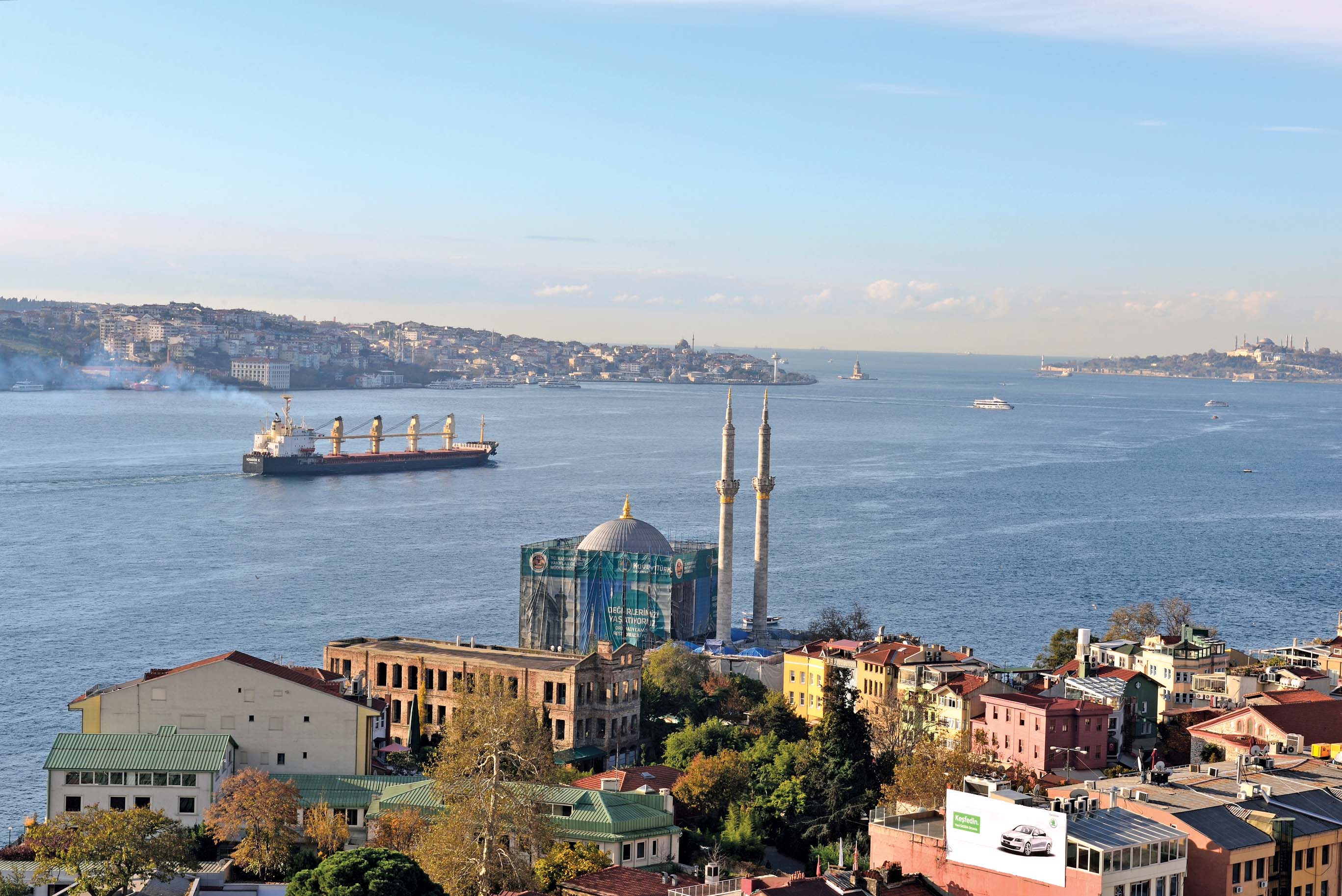
Ship emissions may affect Istanbul but traffic remains the city’s main source of pollution
Professor Alexander Baklanov of the World Meteorological Organization talks to Colin Sowman about the difficulties of reducing urban pollution.
The inhabitants of Beijing have recently been suffering pollution levels 20 times the1819 World Health Organisation’s recommended limit while the European Union is revitalising its efforts to implement and enforce air quality standards. Almost inevitably much of the clean-up efforts are likely to focus on traffic planners and engineers. Professor Alexander Baklanov of the World Meteorological Organization (WMO) supports moves to improve air quality but points out that not all periods of high pollution in cities are caused by road traffic. He has studied both pollution sources and climatic distortions caused by megacities, and highlights the complex interplay between transport, air quality and the environment. This is such a complex area that helps national meteorological services handle meteorological and related aspects of urban pollution, WMO has established GAW (Global Atmosphere Watch) Urban Research Meteorology and Environment (GURME) project.
The professor starts by highlighting a fundamental problem: “No two cities are the same. Landlocked cities have different concerns to those on the coast and the requirements of tropical urban areas differ from those that suffer severe winters. Take two theoretical megacities with roughly the same number of inhabitants where one is very high rise and compact while the other is relatively low rise and spread over a much wider area.
“Initially you may think that pollution in these compact vertical cities would be much stronger due to low ventilation at street level and the ‘urban canopy’ effect slowing the rate pollution disperses. But when the area of urban territory increases so does the demand for transport and the emissions per Capita can rise substantially as a city spreads. So in this case compact cities could be preferable and would also use less energy.
“There are too many factors to optimise and analyse to have a simple recipe for any city so research teams like7712 Transphorm are building integrated tools to analyse different urban development scenarios - including the transportation systems.”
In recent years road traffic has been blamed, almost exclusively, for poor inner city air quality but it has become clear that this is not always the case. The professor led an EU project called MEGAPOLI which studied the relationship between urban emissions and both regional and global atmospheric pollution along with climate effects.
“Most megacities have a high pollution, especially aerosols -the small particulate matter known as PM2.5 and PM10 [less than 2.5 and 10 microns in diameter]. Particulates tend to be the dominant type of air pollutants in inner cities and they are very important when it comes to health considerations. But, surprisingly, MEGAPOLI found that during high pollution events in Paris many of the small particles were due to outside sources - not urban emissions. And scientists analysing pollution in Berlin and other Western European cities surrounded by polluted regions found the situation was similar, so it is not always correct to blame only inner city land transport. Partly this is due to the authorities in many developed countries introducing measures to reduce vehicle emissions.
“Many research studies have been done analysing who is responsible for pollution and in the case of Paris it was sometimes blown in from other regions or from wood burning and industrial sources in the surrounding districts. Equally, meteorological conditions like temperature inversions and low winds can lead to episodes of very high urban air pollution because they substantially reduce atmospheric dispersion of the traffic emissions.”
For all these reasons, situations change from city to city and between European and American cities and their counterparts in developing countries. “MEGAPOLI found that the emissions of air pollutants per Capita vary widely across the world’s megacities. In Europe the average annual emission of black carbon [soot] was around 0.4 kg/Capita while in Asia it is around 1.2 kg/Capita due to the fuels used for residential heating and cooking.”
Analyses of megacity emissions show distinct characteristics in the main sources of pollutants, depending on the geographical location. In European, North and South America megacities, most of the CO and NOx emissions come from land or road transport while in Asia and Africa residential biofuel produce most CO emissions while NOx comes predominantly from industrial sources. In megacities of OECD countries industry and traffic cause most non-methane hydrocarbons emissions whereas elsewhere it is the residential biofuels that normally make the most significant contribution.
Beyond primary vehicle emissions the professor also pinpoints a category of pollution known as secondary organic aerosol which is particulate matter composed of compounds formed from the atmospheric transformation of organic species. These play a very important part of air pollution from megacities and account for a substantial fraction of tropospheric aerosol. The change in the chemical composition of aerosols as they are transported away from megacities is quite substantial. As a result, the organic PM exported by cities is quite different chemically from that emitted by the sources inside the city.
“Previously very small submicron particles [PM1.0] and their composition were not considered in studies or in air quality monitoring. But because of the potential adverse health effects they can cause, it is a very important to include secondary organic aerosols in future monitoring, emissions and health effects studies. It is highly recommendable to include an air quality guide line or a cap for soot or black carbon. This gives a much stronger gradient in cities and a handle on health relevant PM.”
Consideration of such small particles further complicates the emissions landscape. The tiniest particles are so light they take much longer to fall to the ground than the (relatively) bigger and heavier contaminants, so they remain in the atmosphere, and are therefore ‘breathable’, for much longer. Some of these particles, such as sea salt, are natural and effectively uncontrollable while others like haze, dust, particulate air pollutants and smoke all derive from man-made - and therefore potentially controllable - sources.
“Before a city’s authorities start implementing additional, and potentially expensive, measures aimed at improving inner city air quality, they should determine the dominant sources of pollution in their area. Only then can they decide how best to tackle the problem.”
Cities with existing air monitoring stations have a considerable head-start in determining the sources of pollution. But there are also calls for the legislative requirements in Europe to be moved from PM10 to PM2.5 as the smaller particles can pass deeper into the lungs.
This leads back to knowing the source of pollution for an episode of poor air quality and Professor Baklanov has a solution: “There are now ‘source apportioning and source-receptor’ models that can analyse specific pollution episodes and identify main sources of emissions responsible for the incident.”
To further help authorities the WMO is to implement a new concept for urban areas which combines weather, climate and pollution level forecasts (Integrated Urban Weather, Environment and Climate Service). “This is very important for urban planning and is now one of the main directions for WMO,” says Professor Baklanov.
Although some urban planners may feel they have no control over these events, the professor disagrees: “They can help by controlling traffic flows during episodes of high pollution and could consider limiting the number of vehicles during a temperature inversion. In the longer term there is a need to reduce emissions by encouraging the use of low emission vehicles [such as hybrids and electrical cars] and public transport.
“Stuttgart University identified European transport policies designed to reduce health risks from exposure to atmospheric pollutants. Analysis of possible transport scenarios in European cities shows that by 2050 we will have the technology for low carbon, low emission transport but we have to take steps to ensure air quality in the period before 2050.”
“But the situation with ships is not so good - allowable sulphur levels in marine fuel can be hundreds of times higher than that allowed for land transport. Studies in Denmark found that outside of major cities pollution from ships is higher than all other sources. Much stronger regulations are needed but because most shipping ways are international, multi-national efforts are needed to solve the problem.
“There are regulations specifying the fuel ships can use in the Baltic and this should be extended worldwide. A scheme has been initiated in the Bosporus as ship traffic is enormously intensive and affecting urban areas of Istanbul.”
Yet despite the intensity of ship emissions, the professor says vehicle emissions remain the dominant source of pollution in Istanbul.
He finished by returning to where he started saying: “The more we find out, the more it is clear that city authorities have to analyse the sources of their pollution problems if they are to act effectively.”
Well, nobody said it would be simple.
The inhabitants of Beijing have recently been suffering pollution levels 20 times the
The professor starts by highlighting a fundamental problem: “No two cities are the same. Landlocked cities have different concerns to those on the coast and the requirements of tropical urban areas differ from those that suffer severe winters. Take two theoretical megacities with roughly the same number of inhabitants where one is very high rise and compact while the other is relatively low rise and spread over a much wider area.
“Initially you may think that pollution in these compact vertical cities would be much stronger due to low ventilation at street level and the ‘urban canopy’ effect slowing the rate pollution disperses. But when the area of urban territory increases so does the demand for transport and the emissions per Capita can rise substantially as a city spreads. So in this case compact cities could be preferable and would also use less energy.
“There are too many factors to optimise and analyse to have a simple recipe for any city so research teams like
In recent years road traffic has been blamed, almost exclusively, for poor inner city air quality but it has become clear that this is not always the case. The professor led an EU project called MEGAPOLI which studied the relationship between urban emissions and both regional and global atmospheric pollution along with climate effects.
“Most megacities have a high pollution, especially aerosols -the small particulate matter known as PM2.5 and PM10 [less than 2.5 and 10 microns in diameter]. Particulates tend to be the dominant type of air pollutants in inner cities and they are very important when it comes to health considerations. But, surprisingly, MEGAPOLI found that during high pollution events in Paris many of the small particles were due to outside sources - not urban emissions. And scientists analysing pollution in Berlin and other Western European cities surrounded by polluted regions found the situation was similar, so it is not always correct to blame only inner city land transport. Partly this is due to the authorities in many developed countries introducing measures to reduce vehicle emissions.
“Many research studies have been done analysing who is responsible for pollution and in the case of Paris it was sometimes blown in from other regions or from wood burning and industrial sources in the surrounding districts. Equally, meteorological conditions like temperature inversions and low winds can lead to episodes of very high urban air pollution because they substantially reduce atmospheric dispersion of the traffic emissions.”
For all these reasons, situations change from city to city and between European and American cities and their counterparts in developing countries. “MEGAPOLI found that the emissions of air pollutants per Capita vary widely across the world’s megacities. In Europe the average annual emission of black carbon [soot] was around 0.4 kg/Capita while in Asia it is around 1.2 kg/Capita due to the fuels used for residential heating and cooking.”
Analyses of megacity emissions show distinct characteristics in the main sources of pollutants, depending on the geographical location. In European, North and South America megacities, most of the CO and NOx emissions come from land or road transport while in Asia and Africa residential biofuel produce most CO emissions while NOx comes predominantly from industrial sources. In megacities of OECD countries industry and traffic cause most non-methane hydrocarbons emissions whereas elsewhere it is the residential biofuels that normally make the most significant contribution.
Beyond primary vehicle emissions the professor also pinpoints a category of pollution known as secondary organic aerosol which is particulate matter composed of compounds formed from the atmospheric transformation of organic species. These play a very important part of air pollution from megacities and account for a substantial fraction of tropospheric aerosol. The change in the chemical composition of aerosols as they are transported away from megacities is quite substantial. As a result, the organic PM exported by cities is quite different chemically from that emitted by the sources inside the city.
“Previously very small submicron particles [PM1.0] and their composition were not considered in studies or in air quality monitoring. But because of the potential adverse health effects they can cause, it is a very important to include secondary organic aerosols in future monitoring, emissions and health effects studies. It is highly recommendable to include an air quality guide line or a cap for soot or black carbon. This gives a much stronger gradient in cities and a handle on health relevant PM.”
Consideration of such small particles further complicates the emissions landscape. The tiniest particles are so light they take much longer to fall to the ground than the (relatively) bigger and heavier contaminants, so they remain in the atmosphere, and are therefore ‘breathable’, for much longer. Some of these particles, such as sea salt, are natural and effectively uncontrollable while others like haze, dust, particulate air pollutants and smoke all derive from man-made - and therefore potentially controllable - sources.
“Before a city’s authorities start implementing additional, and potentially expensive, measures aimed at improving inner city air quality, they should determine the dominant sources of pollution in their area. Only then can they decide how best to tackle the problem.”
Cities with existing air monitoring stations have a considerable head-start in determining the sources of pollution. But there are also calls for the legislative requirements in Europe to be moved from PM10 to PM2.5 as the smaller particles can pass deeper into the lungs.
This leads back to knowing the source of pollution for an episode of poor air quality and Professor Baklanov has a solution: “There are now ‘source apportioning and source-receptor’ models that can analyse specific pollution episodes and identify main sources of emissions responsible for the incident.”
To further help authorities the WMO is to implement a new concept for urban areas which combines weather, climate and pollution level forecasts (Integrated Urban Weather, Environment and Climate Service). “This is very important for urban planning and is now one of the main directions for WMO,” says Professor Baklanov.
Although some urban planners may feel they have no control over these events, the professor disagrees: “They can help by controlling traffic flows during episodes of high pollution and could consider limiting the number of vehicles during a temperature inversion. In the longer term there is a need to reduce emissions by encouraging the use of low emission vehicles [such as hybrids and electrical cars] and public transport.
“Stuttgart University identified European transport policies designed to reduce health risks from exposure to atmospheric pollutants. Analysis of possible transport scenarios in European cities shows that by 2050 we will have the technology for low carbon, low emission transport but we have to take steps to ensure air quality in the period before 2050.”
Shipping
“When we are considering emissions from transport we are generally thinking about land transport but in many cases ship emissions can be more dangerous. In many areas there are strict regulations concerning the fuel used in land transport so, for example, sulphur emissions from motor vehicles have been dramatically reduced.“But the situation with ships is not so good - allowable sulphur levels in marine fuel can be hundreds of times higher than that allowed for land transport. Studies in Denmark found that outside of major cities pollution from ships is higher than all other sources. Much stronger regulations are needed but because most shipping ways are international, multi-national efforts are needed to solve the problem.
“There are regulations specifying the fuel ships can use in the Baltic and this should be extended worldwide. A scheme has been initiated in the Bosporus as ship traffic is enormously intensive and affecting urban areas of Istanbul.”
Yet despite the intensity of ship emissions, the professor says vehicle emissions remain the dominant source of pollution in Istanbul.
He finished by returning to where he started saying: “The more we find out, the more it is clear that city authorities have to analyse the sources of their pollution problems if they are to act effectively.”
Well, nobody said it would be simple.



